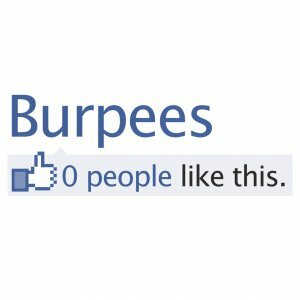Rowing ergometers are used by indoor rowers as an alternative to rowing on water and are also popular with sportsmen and general exercisers. Rowing is an effective whole-body exercise that can be aerobic or anaerobic depending on the type of workout you perform. All workouts should be scaled to suit your individual fitness levels and because rowing strongly uses the lower back, you should row using good technique to minimize your risk of injury.

Time Trials
Time trials are like races except you compete against yourself. The aim of a time trail is to develop top-end aerobic fitness by rowing at your fastest sustainable pace. Typical distances for time trials include 2000, 5000 and 10,000 meters. Perform time trials on a regular basis to monitor your progress.
Long Intervals
Interval training describes alternating periods or work with periods of rest and long intervals are performed at just below maximum pace. Long intervals will develop your top-end aerobic fitness, muscular endurance and mental toughness as well as being excellent for fat burning. Generally, work periods are twice as long as rest periods so a 5 minute row would have a 2 1/2 minute recovery. Perform multiple intervals, for example 4 sets of 4 minutes fast rowing with 2 minutes recovery.
Short Intervals
Short or sprint intervals will improve your anaerobic fitness, strength and power. Perform short intervals at your top speed. Work periods should be between 30 and 90 seconds and rest periods should be between one and three minutes. Perform multiple intervals per workout, for example 10 sets of 30 seconds sprinting with 60 seconds recovery between efforts.
Power Intervals
Power intervals will develop your rowing strength and your aim to generate as much force as possible for a very short period of time. Power intervals are all about maximum effort so recovery periods are disproportionately long to maintain the quality of the workout. A good example of a power interval workout is rowing as hard as possible for 20 seconds and then recovering for 40 seconds and repeating 10 times. If you find your performance is dropping significantly from interval to interval you should increase your rest period-with power intervals, think quality and not quantity.

Fartlek
Fartlek is Swedish for speed play and describes a workout consisting of a variety of rowing speeds mixed randomly. Either as directed by a coach or as you see fit, row for a set distance or time and mix your pace for the duration of the workout. Alternate between sprinting, fast, easy and moderate paced rowing to work both aerobically and anaerobically.























